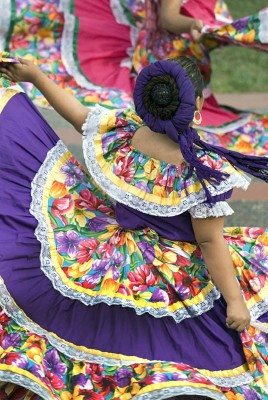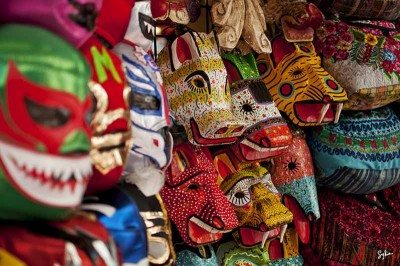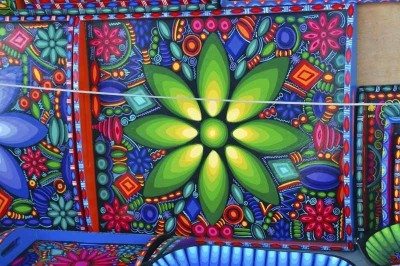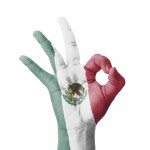
What is National Hispanic Heritage Month? Is it like Cinco de Mayo? A “holiday” based on a minor military victory the Mexican army had over French forces in 1862, but in reality has become an embarrassing ritual on our side of the border to binge on margaritas and burritos?
In actuality, this month-long celebration that runs from Sept. 15 to Oct. 15 is more about recognizing the culture, heritage and contributions Hispanics and Latin Americans have made to the United States. Originally started as a week back in 1968, it would expand to a month when it was enacted into a law on Aug. 17, 1988.
The significance of the dates that National Hispanic Heritage Month falls across tie in with the first day being the anniversary of independence of five Latin American countries: Costa Rica, El Salvador, Guatemala, Honduras and Nicaragua. Other countries celebrating their liberation during this time span are Mexico (Sept. 16, not May 5), Chile (Sept. 18) and Belize (Sept. 21). It also includes Columbus Day (Oct. 12 aka Dia de La Raza).
Historically, Hispanics have left a centuries-old imprint on the fabric of the United States, easily pre-dating the Revolutionary War.
Texas was a Spanish province that while it was under control of the French, Spanish, Mexicans and eventually the United States, has always proudly retained its Hispanic heritage be it in the states’ food, music or culture. And let us not forget the fortress of St. Augustine, FL, the first continuous European settlement in North America, founded in 1565, 42 years before the English landed in Jamestown, VA.
According to the Pew Research Center, the Hispanic population reached a new high of 55.4 million in 2014 (or 17.4 percent of the total U.S. population.) This is a significant uptick from the 35.3 million or 13 percent of the total U.S. population that was registered during the 2000 census.
While Hispanics share a common language, they are not a monolithic culture, with dialects, traditions and music varying from country to country. There is no denying the contributions they’ve made to American culture, be it in politics, sports, art, music and media. What all do have in common is really no different than what other groups that have come to the United States have come seeking: faith, family, hard work and love of country while still proudly embracing their own traditions and culture.






























